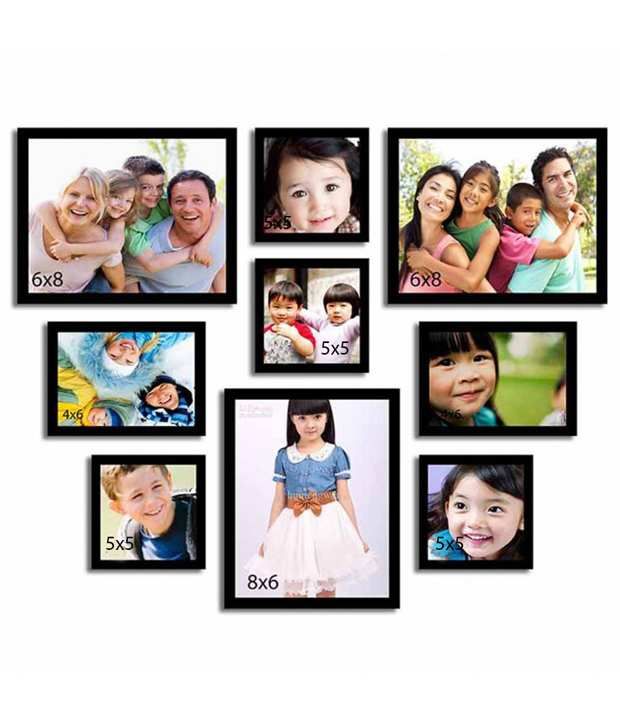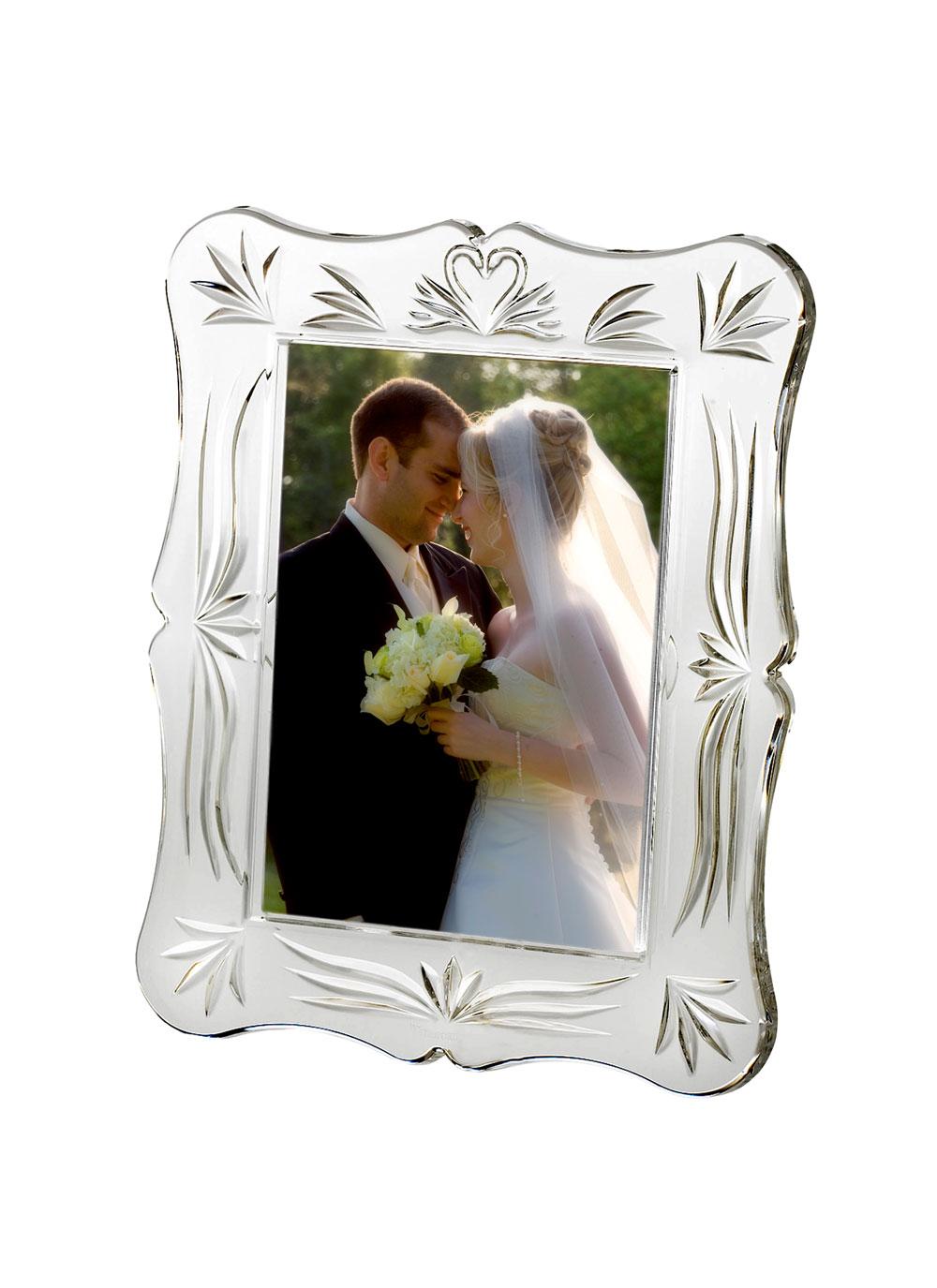My Reflections:
Overall I'm happy with how our project is going. I feel like we are doing a relatively unique take on the project.
Me and Noa have worked well as a group so far and the project has been a success, it does help that we both have a very similar senses of humour. Together we have been equally splitting the workload and this allows us to have kept working at a good pace. Our time management has also gone well, as we have been able to complete all our work before it was due, and not need any extensions. The meetings we have organised have also really helped us to keep on top of our work and both be fully conscious of everything that is going on with our sequence.
So far throughout the project we have managed to work through all major problems and it is nice to look back at how our ideas have adapted and changed throughout our time working together. Completing our animatic really helped us to look back at parts of our sequence that may need tweaking. This really assisted us in the refining of our overall idea and opening sequence.
One thing that I am personally pleased with is the humour we have managed to work into our sequence mostly through the character of Joyce.
Looking Forward:
Our next task will to be to create our shoot-board in preparation for our test shoot next week.The prospect of filming next week is a daunting one, but one which I know we will be fully able to tackle with all our Media prowess.
We have already managed to tie down actors for the characters in our shoot and we are quite prepared for what is to come.
One problem that we will have to deal with is the issue of how we are going to pull off a shoot with an invisible character, but i feel that if anyone is up to the task, it's us.

















































